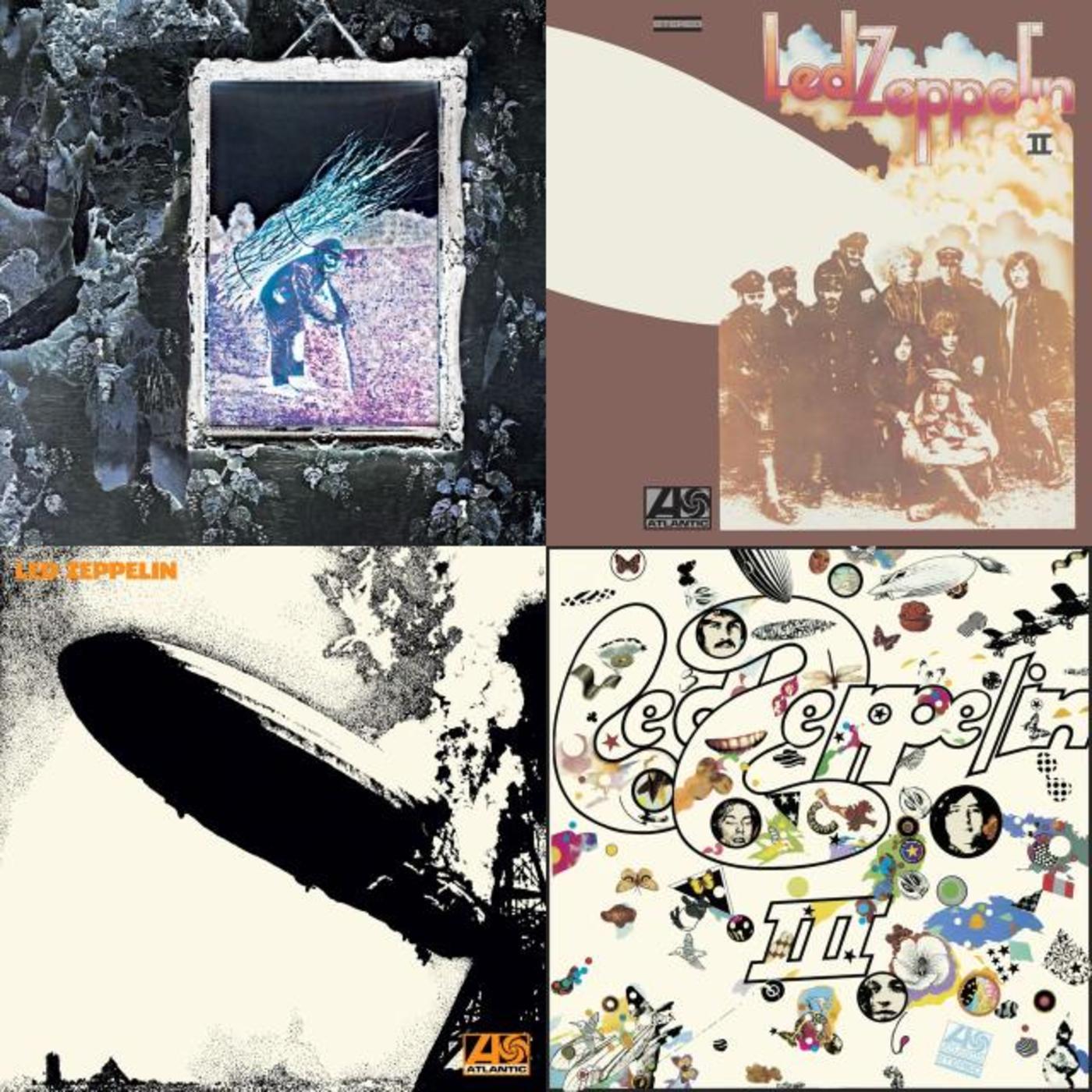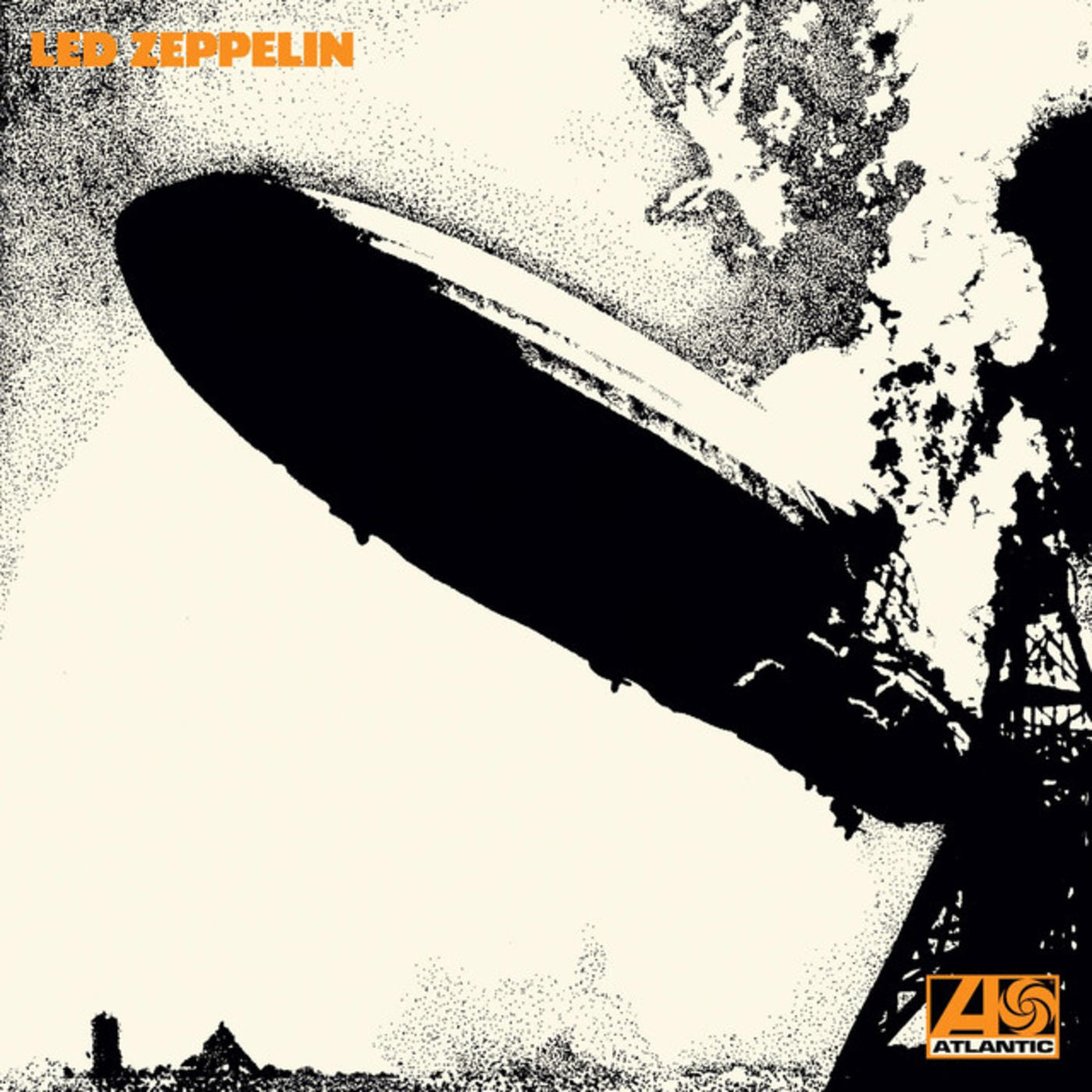February 1975: Led Zeppelin Release PHYSICAL GRAFFITI

It's safe to say that fans weren't exactly prepared for the enormity of Physical Graffiti, but they loved every minute of it. Led Zeppelin was firing on all cylinders; they'd finished the triumphant North American tour for Houses of the Holy, and more than ready to get right back into the studio.
Once they corralled an exhausted John Paul Jones to join the party, they charged through a grip of incendiary new songs, including such classic tracks as "Custard Pie" and "Kashmir." When they realized they were only a few tracks shy of a complete double-album set, they mined some unused tracks from previous sessions at the legendary Headley Grange studio where many of their most famous songs were created.
"There were three tracks that were left off of the fourth album, and that was 'Boogie With Stu,' 'Night Flight' and 'Down by the Seaside'," guitarist Jimmy Page told Rolling Stone in 2015. "If you think about it, you couldn't have substituted anything off the fourth album with any of those tracks, quite rightly so. Each of them had their own individual charm and character. And, you know, given the chance of having a good run at this writing and recording process, I didn't want it to be a double-album with any padding on it. It would be a double-album with all character pieces, the way that Led Zeppelin did their music with the sort of ethos of it, if you like, that everything sounded different to everything else."
Physical Graffiti would also arrive on a brand new imprint, as Page recalled: "It was the first [Led Zeppelin] album that was going to be on the Swan Song record label that Peter Grant had helped put together for the band with Atlantic. Having a record label was a really cool idea, because it gave us a chance to showcase people that we really liked and respected, so, as an example, Paul Rodgers' band, Bad Company, which was one of the first releases and also, the Pretty Things, we all did highly of, and I thought what they did on Swan Song was good."
When queried about the album's evocative title, Page says it was just a reflection of the times.
"Graffiti had started to appear on buildings at the time, and usually it was quotes from William Blake, and it wasn't in the graffiti which we know think of, which was more from the hip-hop times," Page explained. "Nevertheless, graffiti was appearing, and I imagined something, which was like a physical reaction to it. Since we were in a recording studio, if you're doing a recording, and it's going on the tape, even though its magnetic tape, that's like a graffiti in itself. The music was a physical manifestation."
Physical Graffiti was an immediate smash. Released on February 24, 1975, it flew to #1 on the US charts on March 22, 1975. The LP commanded the #1 spot until May 3, 1975, when it was finally dethroned by Chicago VIII.
"All of us knew that it was a monumental piece of work, just because of the various paths that we'd trodden along to get to this," Page remembered. "It was like a voyage of discovery, a topographical adventure."


